Review of the smartphone ASUS ZenFone 4 Selfie Pro
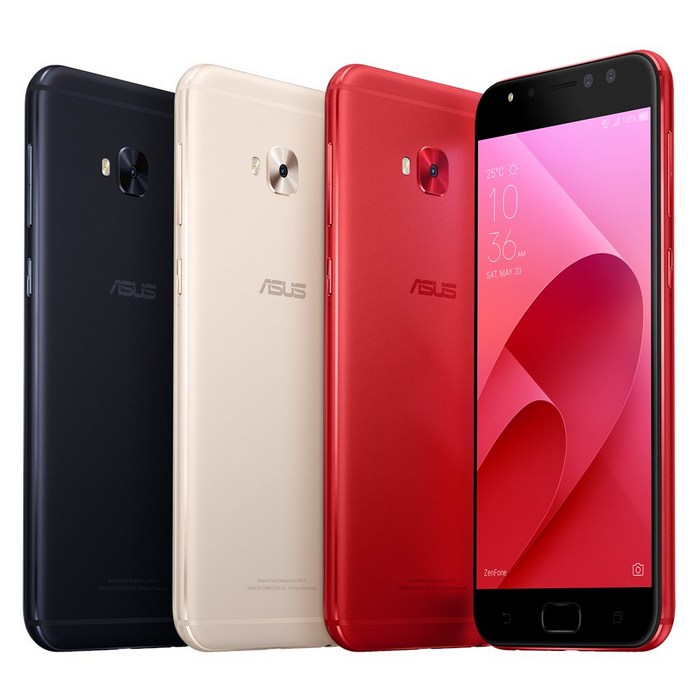
Once a self-portrait was a lot of artists first, then professional photographers joined them, then amateur photographers, and today everyone can capture themselves for ages with a wave of their hands, if only the smartphone was in their pocket. People like to take a picture of themselves so much that the word “self portrait” is already being squeezed out of use by the Anglo-Saxon “selfie”. About a month ago, the review was a smartphone ASUS ZenFone 4 Selfie , designed specifically for fans to take a picture of themselves with the sights, with friends and just like that. And today we will meet with the older model, ASUS ZenFone 4 Selfie Pro.
Specifications
Operating system : Android 7.1 with ZenUI 4.0 GUI
Processor : Qualcomm Snapdragon 625 (eight-core, 64-bit), energy-saving technology FinFET LPP
Graphics : Adreno 506
RAM : 4 GB
Data storage : 64 GB
Memory card : micro SD up to 2 TB
Display : 5.5-inch, 1920 x 1080, AMOLED, 500 cd / m2 brightness
Cameras :
- Rear: 16 megapixel, f / 2.2 aperture, focal length 26 mm (viewing angle 80 °)
- Wide front: 5 MP, focal length 12 mm (120 ° viewing angle)
- Front: 12 MP, aperture f / 1.8, focal length 25 mm (viewing angle 83 °)
Sound : supports DTS Headphone: X technology, 192 kHz / 24-bit audio format playback
Wireless :
- WLAN 802.11 b / g / n
- Bluetooth 5.0
- Wi-Fi direct
Navigation : GPS, AGPS, GLONASS, BDS, GALILEO
Battery : 3000 mAh, fast charge function
Dimensions : 154 x 74.8 x 6.8 mm (H x W x T)
Weight : 147 gr.
AnTuTu specifications
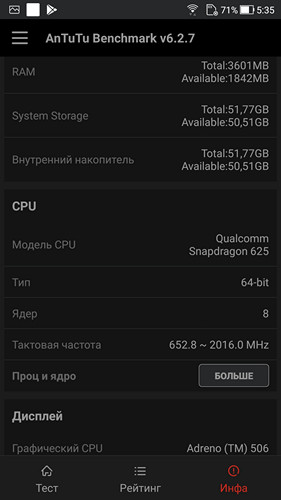
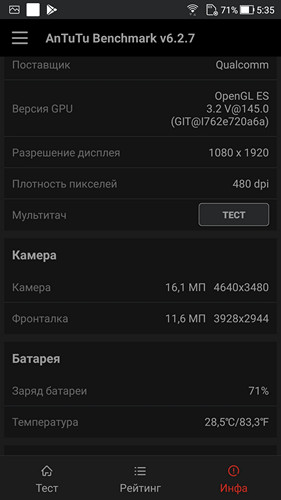
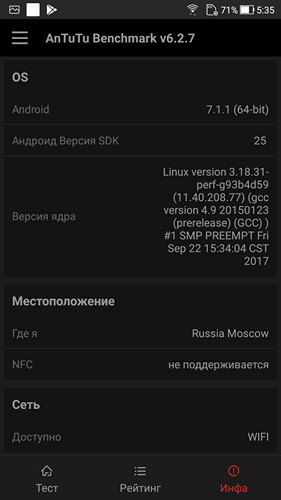
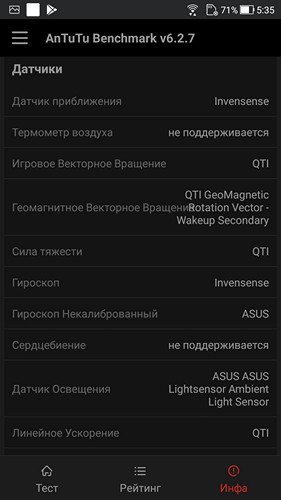
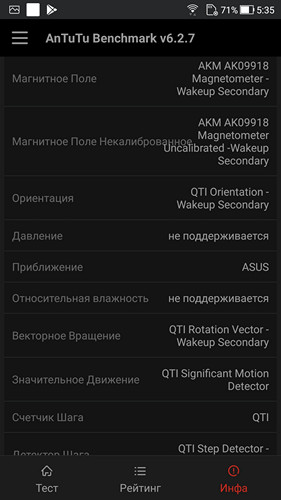






Appearance
The cases of the ZenFone 4 Selfie and ZenFone 4 Selfie Pro are the same, and behind them they do not differ from each other: the same matt anodized aluminum, strips that visually separate the dielectric inserts, in the middle the rear camera lens in a decorative frame.
')
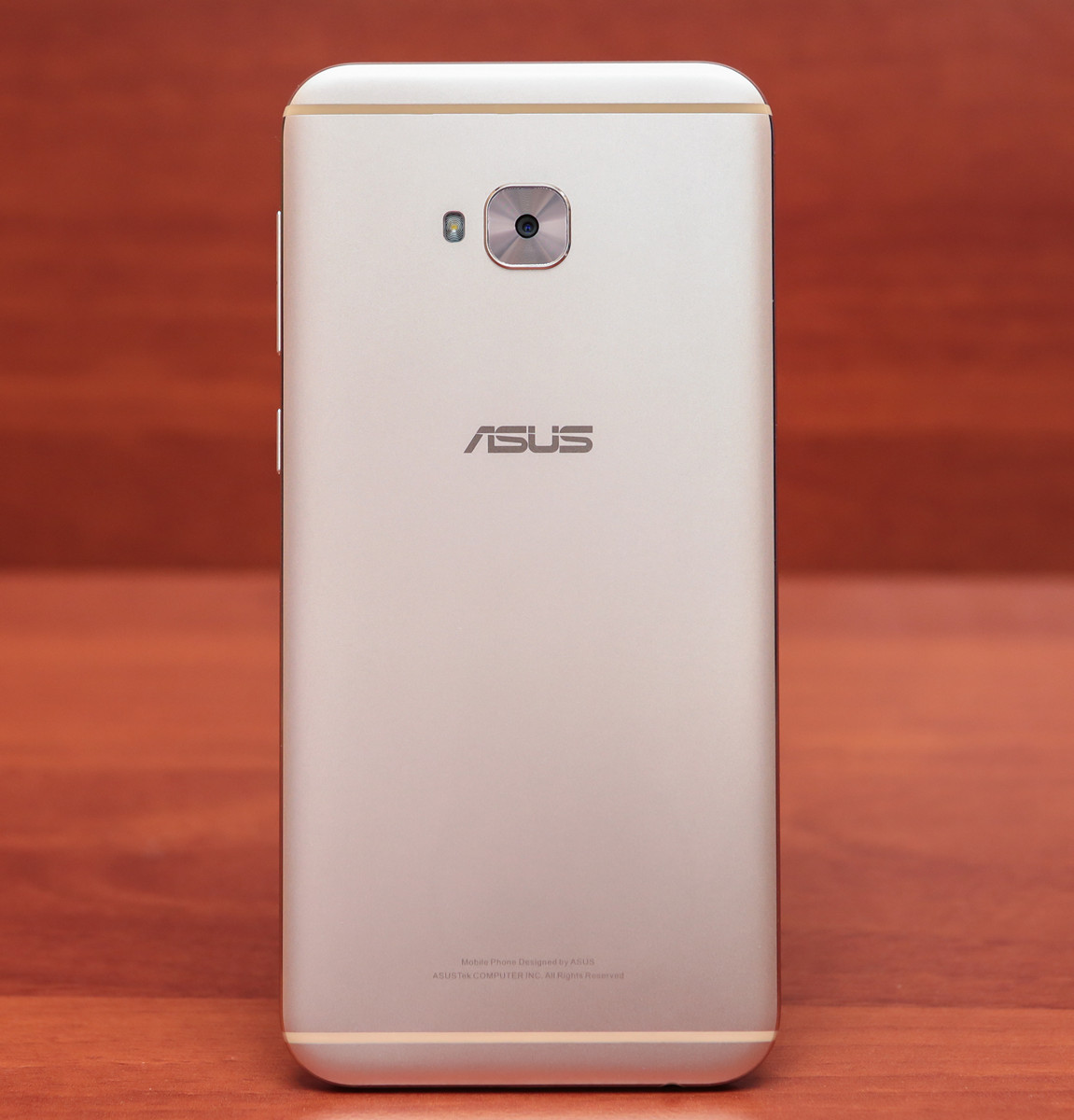
The lens protrudes slightly above the surface:
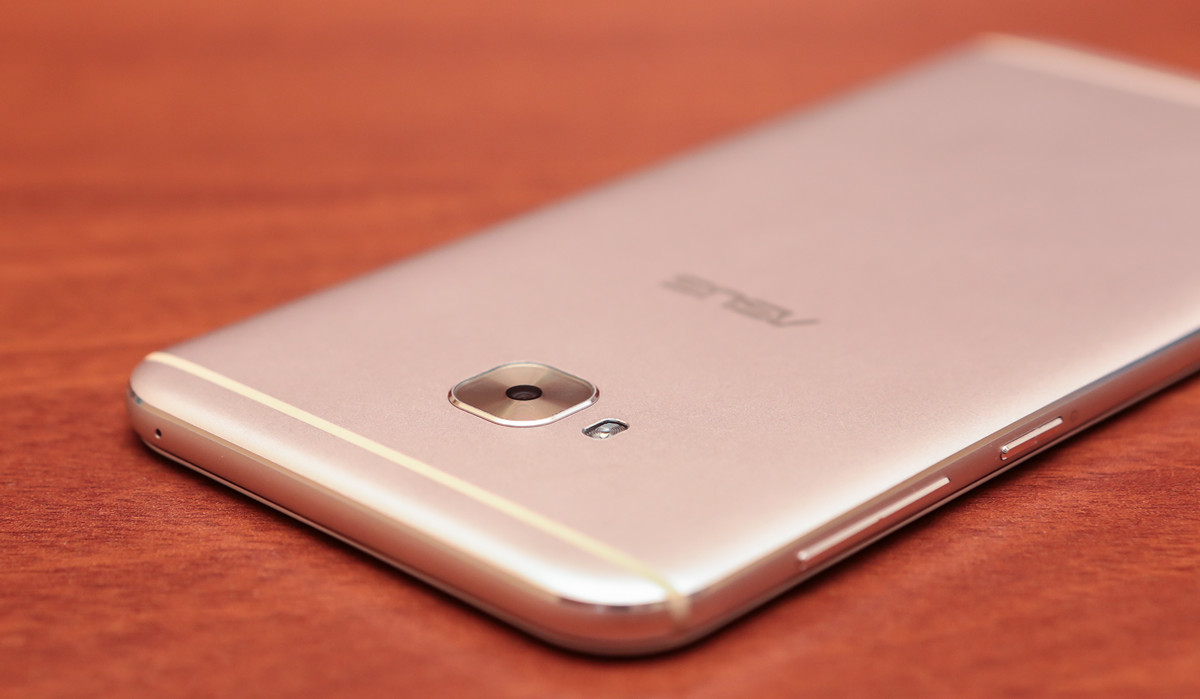
At the front, Selfie and Selfie Pro are completely identical at first glance, but if you look closely, you notice important differences.
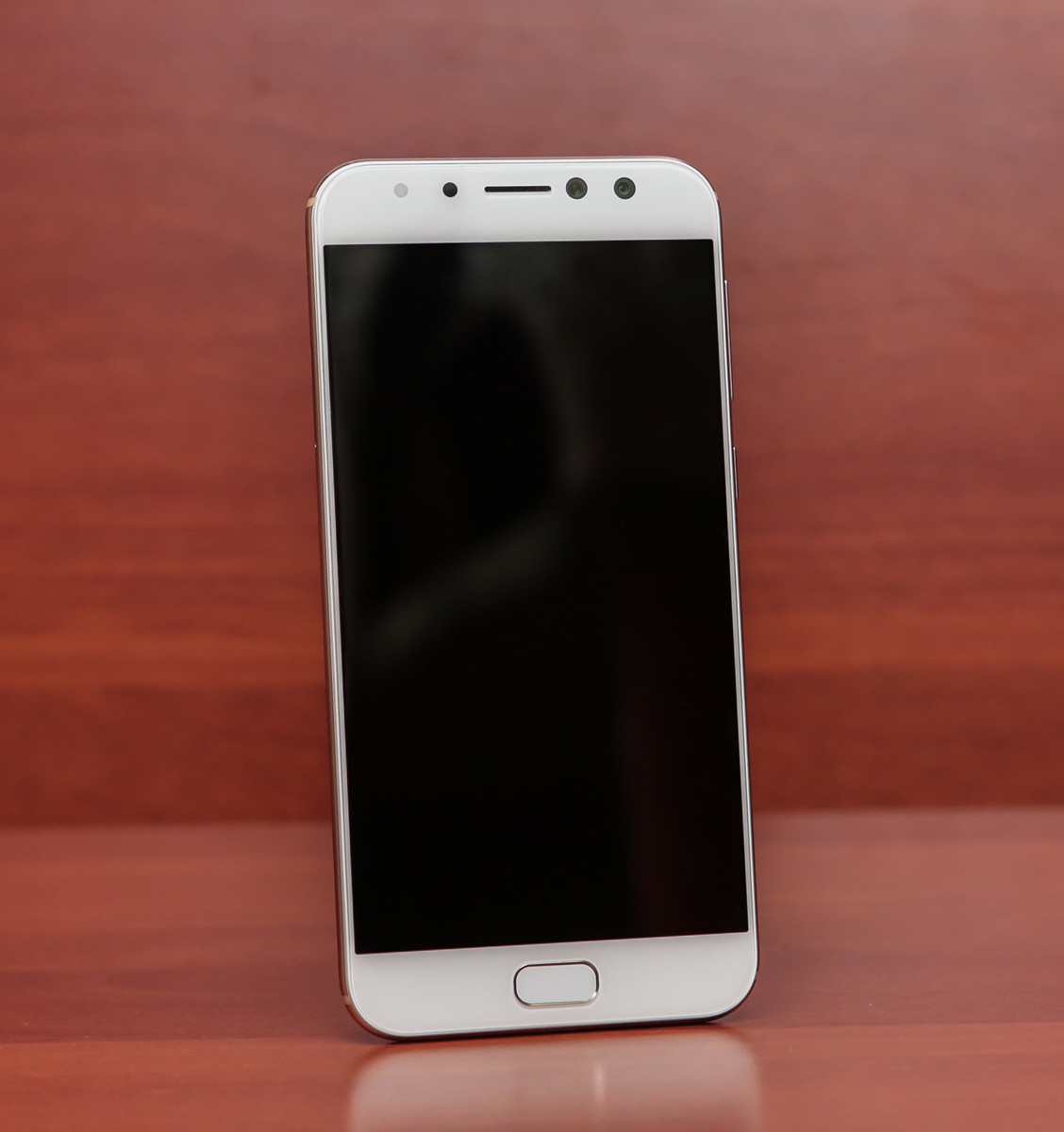
For example, in Selfie Pro, the “Home” button is also combined with a fingerprint sensor (the button is exclusively touch-sensitive, it is not pressed), but there are no familiar icons on the “Back” and “Running applications” buttons. But they are briefly highlighted when you click on any of the three buttons:
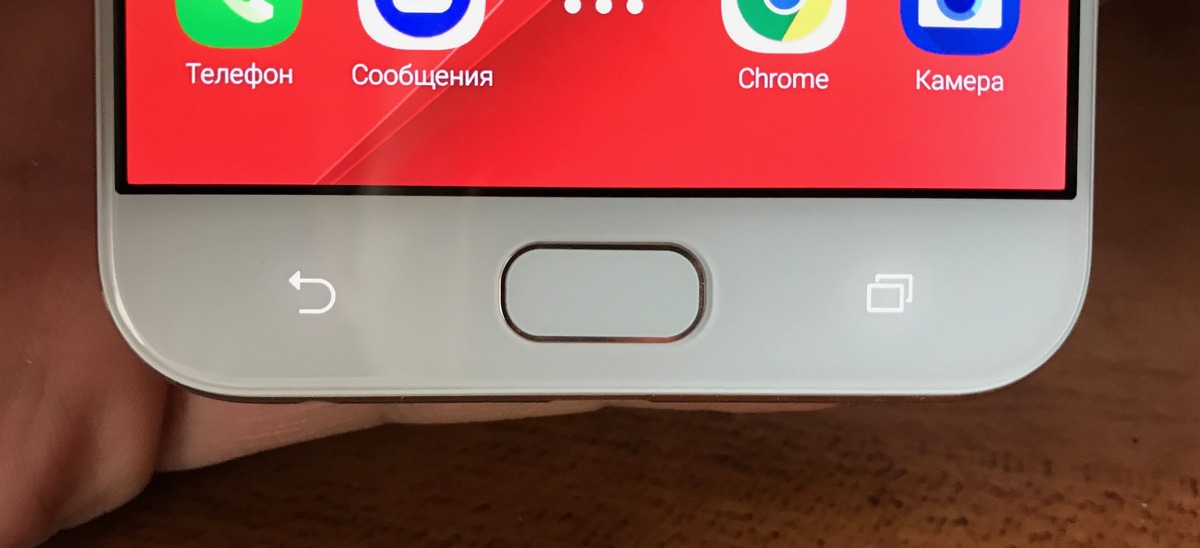
Cameras at the Selfie Pro are next to each other, on the right side, and not scattered in the corners, like a Selfie.
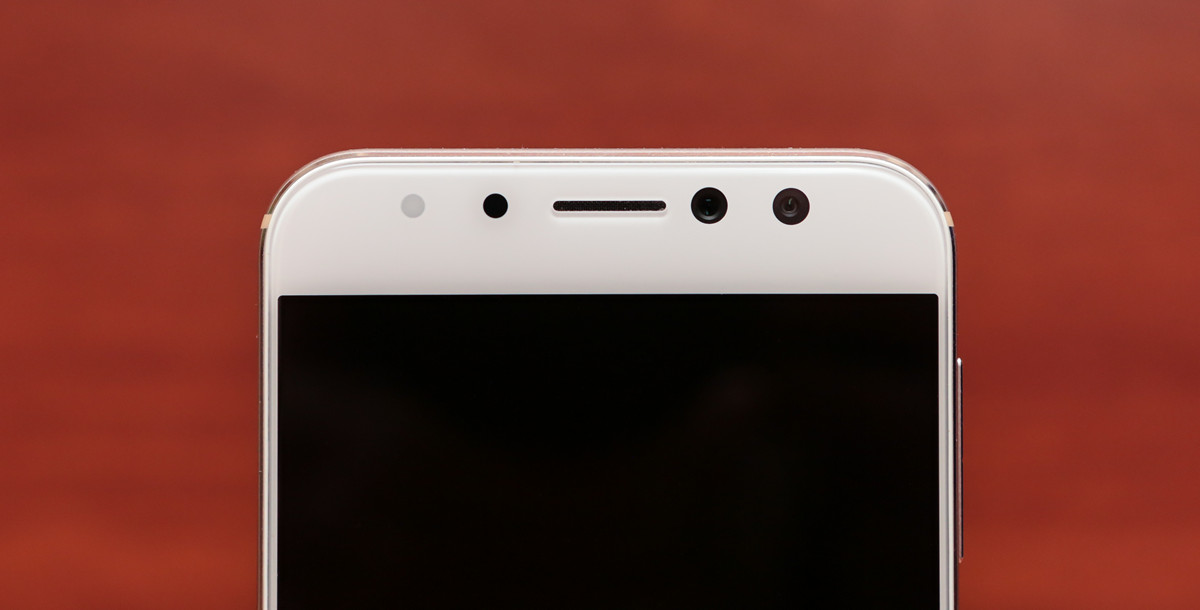
It seems to be a trifle, but still: the front cameras usually are not farther than an outstretched hand from the subject of the shooting - yourself, loved one - and when the distance between the lenses is 5 cm, then the angle changes noticeably when switching. Sometimes you even have to turn or move the smartphone so as not to block something important in the background with your head - this is called parallax . This may take precious moments, and the moment will be missed. But with the Selfie Pro, you can immediately choose a certain angle and not think about parallax, because the distance between the lenses is about 1 cm.
Another external difference is different frontal flashes. In Selfie Pro, it is made completely matte, so that the light is more diffused, not so sharp, and in Selfie, the window above the LED is transparent.

Also, the Selfie Pro headphone jack is not at the top, but at the bottom, instead of one of the speaker grids.
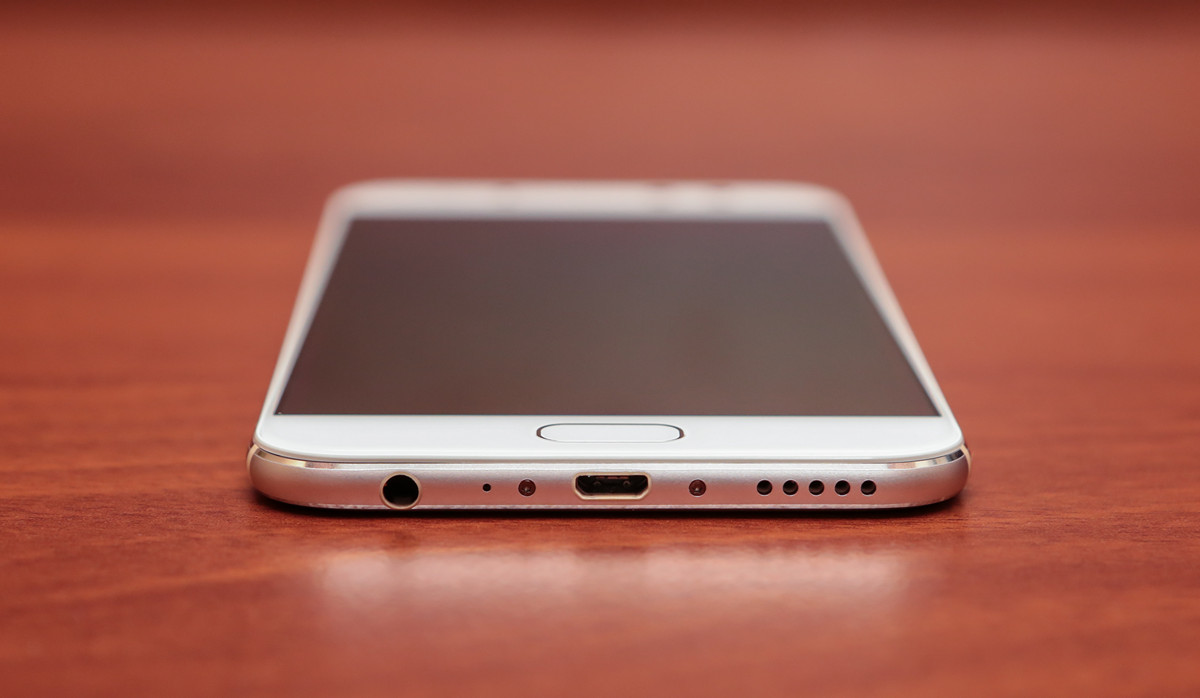
The rest of Selfie Pro and Selfie look the same: the same protective glass rounded around the perimeter, the same arrangement of buttons and a tray for SIM-cards and a flash drive.
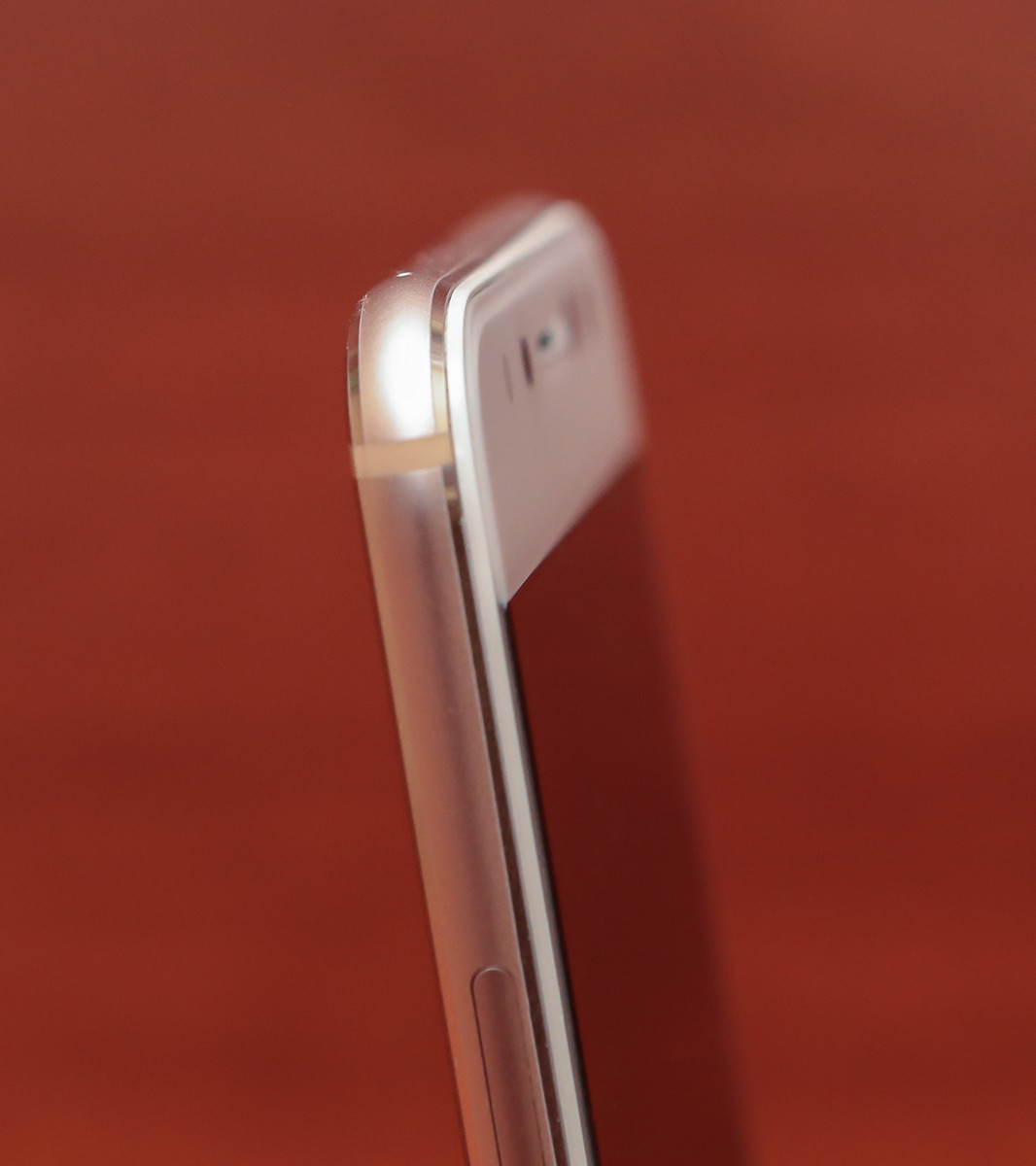
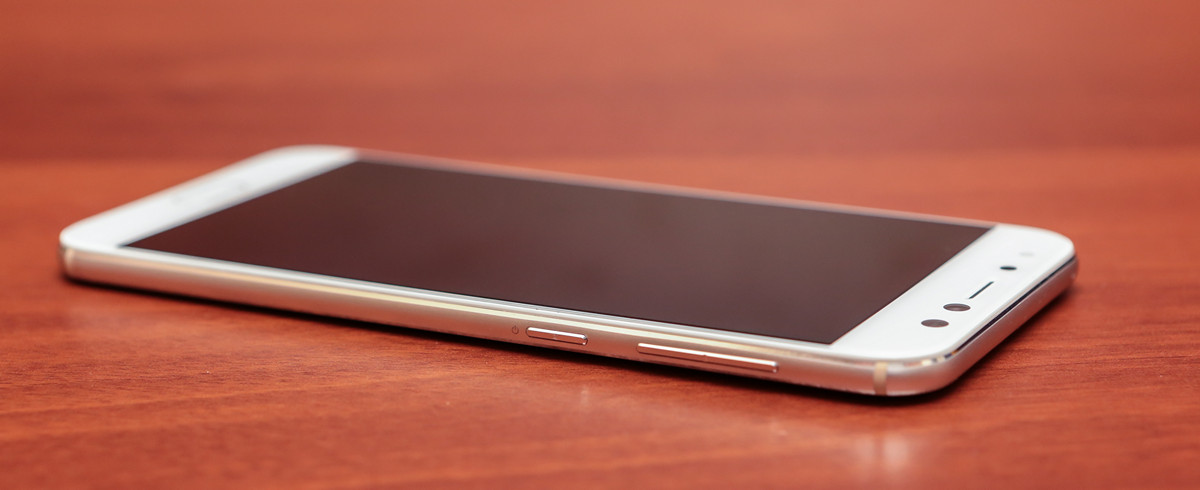
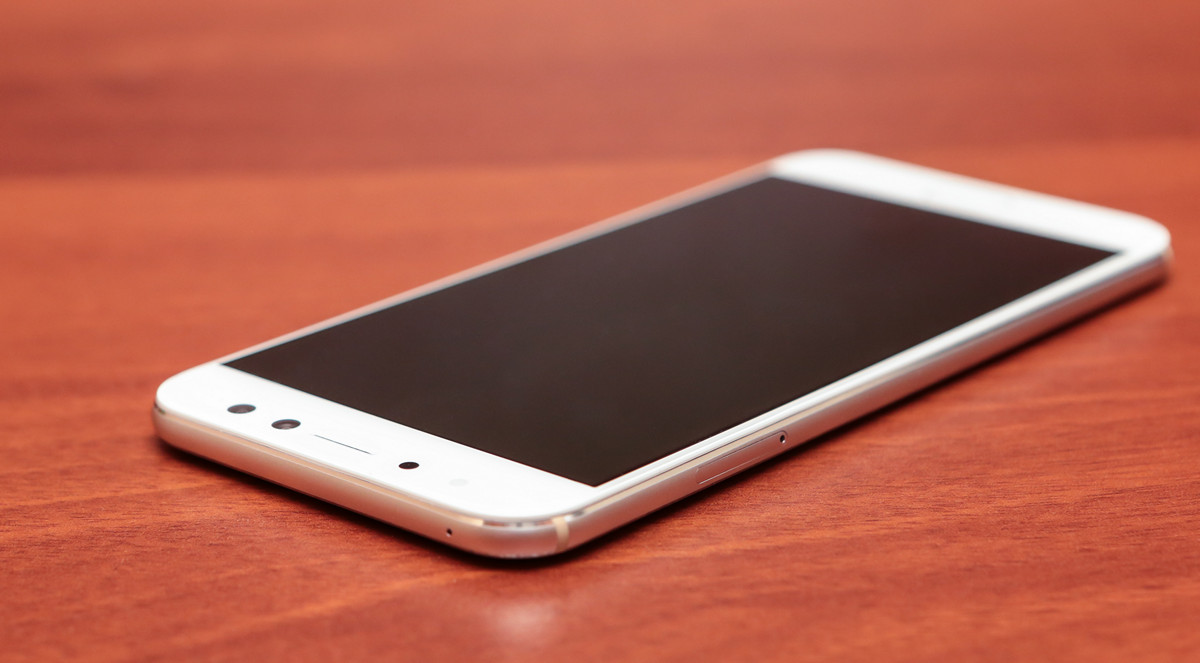
Unlike Selfie, you can insert only one SIM card and a USB flash drive into the Selfie Pro, or two SIM cards.
Display
Selfie Pro has a 5.5-inch display on the AMOLED matrix and with a resolution of 1920x1080 (in Selfie - IPS, 1280x720). The maximum brightness of the Pro 500 cd / m2 versus 400 of the Selfie. Personally, I liked the rather rich color gamut of the AMOLED display, the image is bright, sharp, clearly visible even in bright sun.
Sound
Support for DTS Headphone: X technology and playback of 192 kHz / 24 audio format are two more new traditions in ASUS smartphones. I have already written about them several times, for example, in the ZenFone 3 Ultra review. At first, the DTS Headphone: X and 192 kHz / 24-bit audio were supported only in the most expensive models, but now appear in more affordable smartphones, for example, in the “small” ZenFone Live .
Photography
ASUS ZenFone 4 Selfie Pro is equipped with three cameras: two front-facing (main and wide-angle) and one rear. Post-processing of images in Selfie Pro is done by a specialized SuperPixel processor. It not only additionally reduces the amount of noise (which are inevitable on any matrix, and even more so “mobile”), but also allows you to shoot 4K video on the rear and main front camera.
Modes of shooting:
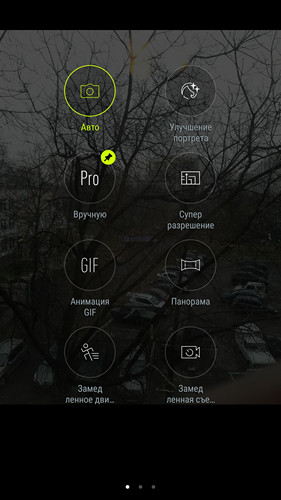
The rear camera has a 16 megapixel resolution matrix and a lens with a focal length of 26 mm (viewing angle of 80 °) and an aperture of f / 2.2. Exposure range: 1/10 000 to 32 seconds. For focusing, phase autofocus is used.
The front wide-angle camera has a 5 megapixel resolution and a lens with a focal length of 12 mm (120 ° viewing angle). This is an auxiliary camera, it is needed for cases when you want to take a picture with a large company, or if you need to capture as many people, places, or any place of interest in the background.
Finally, the most "tasty" - the main front camera. It also uses phase autofocus, and a lens with a focal length of 25 mm (viewing angle 83 °). But the most interesting is the matrix Sony IMX362 with a resolution of 12 megapixels. Today it is one of the best photomatrixes for smartphones, it is usually used in the main (rear) cameras, including the ZenFone 4 and ZenFone 4 Pro. And here is the front camera, and even with autofocus! In my opinion, Selfie Pro takes both cameras no worse, and often better than some of the flagship (more expensive) models from other manufacturers (I can’t poke a finger, you know).
The feature of the Sony IMX362 matrix is the large pixels (photodiodes) of 1.4 microns. Due to its size, photodiodes capture more light, and therefore the signal-to-noise ratio is higher. Increased photosensitivity makes it possible to shorten shutter speeds with a lack of lighting, as a result of less noise, including simply at high ISO. In combination with the f / 1.8 aperture, you can make even shorter exposures, so the likelihood of blurring in a photograph is reduced. And if the light is very small, then you can turn on the flash of ambient lighting, which I mentioned above. Mutual thermal fluctuations between photodiodes are weaker, this also reduces the "noise".
Also in this camera, you can turn on the DuoPixel shooting mode: the number of megapixels in the photos doubles from 12 to 24 megapixels. The fact is that with Sony IMX362, each photodiode is accompanied by another auxiliary one, and in normal mode signals from auxiliary photodiodes are used to correct the main signal. And in DuoPixel mode, auxiliary ones are used along with the main ones.

In the piggy bank of the advantages of the front camera Selfie Pro, you can add and shoot video in 4K resolution. Let me remind you that the area of the frame is four times more than Full HD (1920 x 1080). Of course, 4K displays and TVs are not yet a mass product, but still there are quite a lot of them, even Youtube has long been able to show 4K videos. So if you want to show your viewers the smallest details of what is behind your back, you do not need to suffer and shoot yourself with a rear camera, hoping to somehow save the composition - just turn on the main front camera and turn on shooting in 4K resolution.
Finally, you can bring your self-portraits to perfection using the proprietary SelfieMaster application - it can even adjust the skin tone, remove minor defects, improve lighting, correct the shape of the face and the size of the eyes, even on the fly, including video streaming.

Photo examples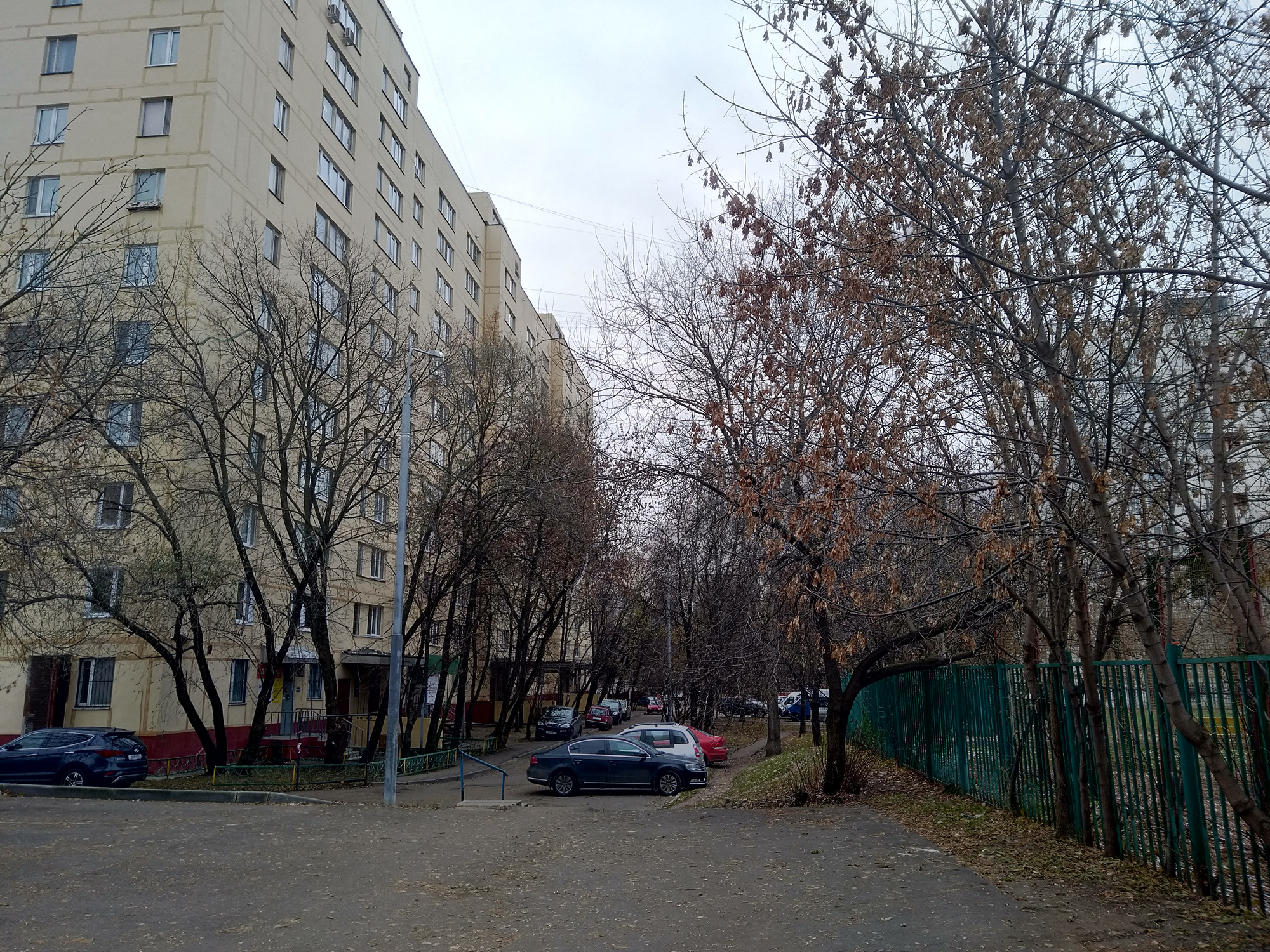


A splash of colors in the kingdom of the gray metropolis:
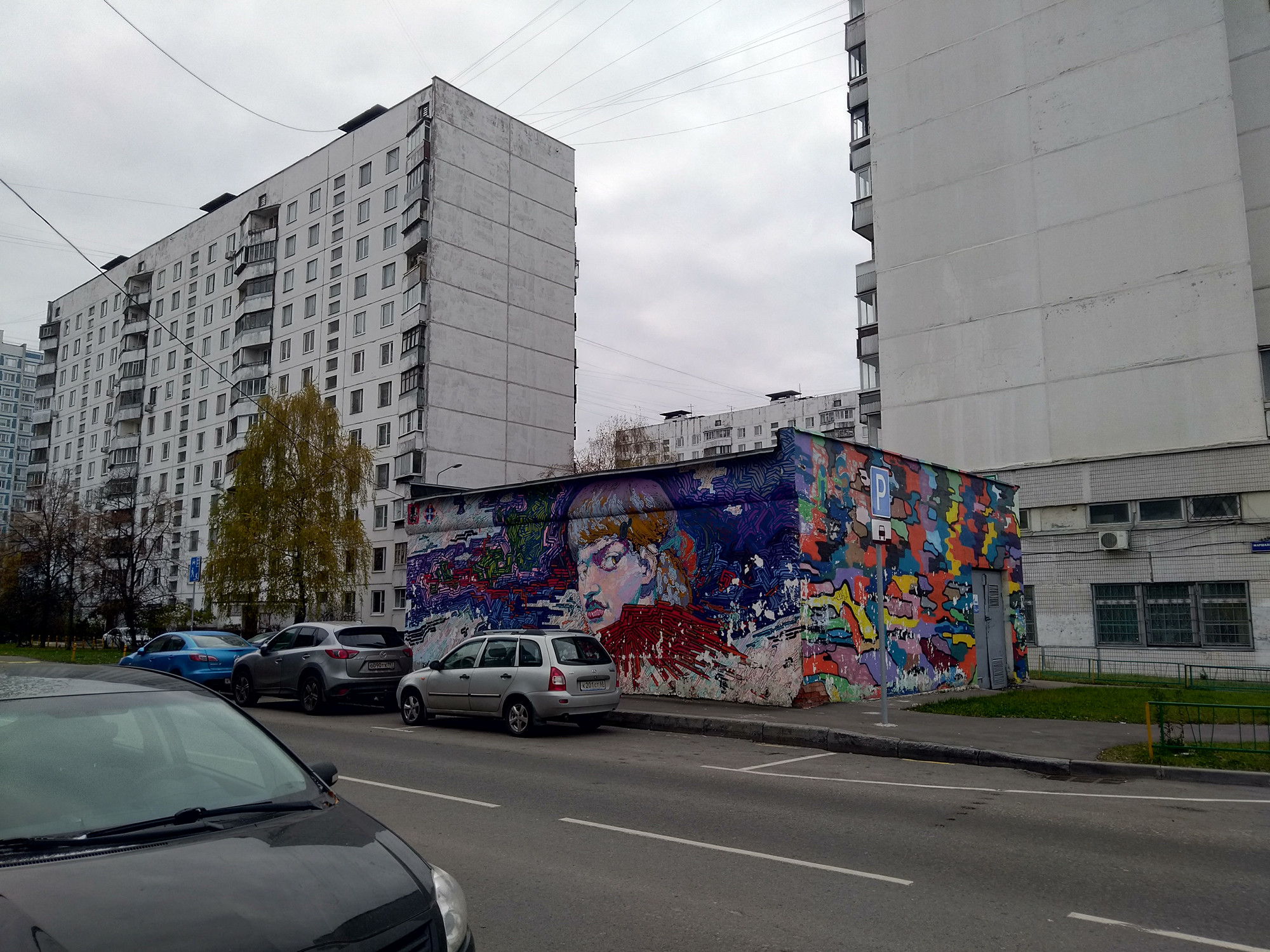
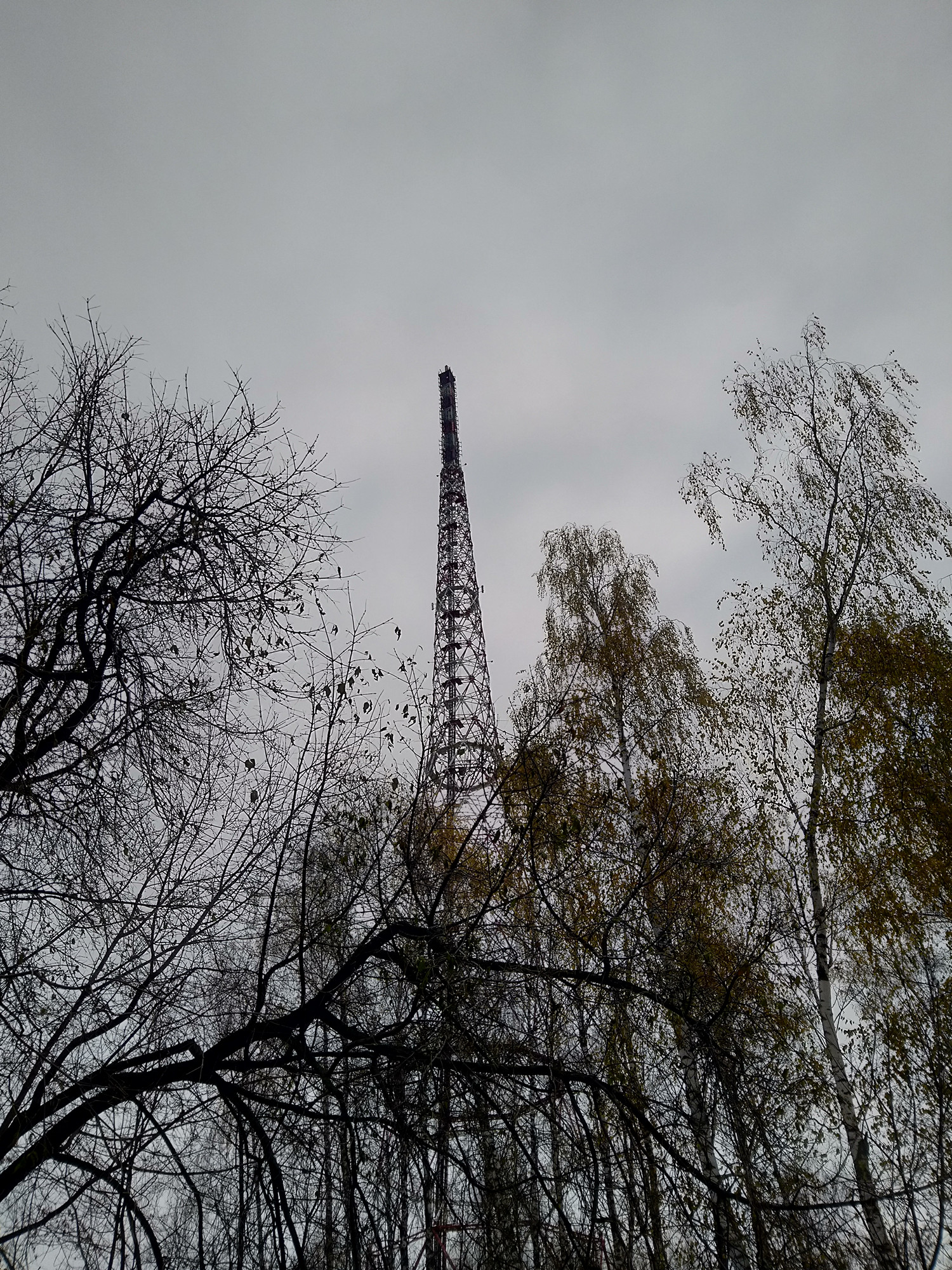


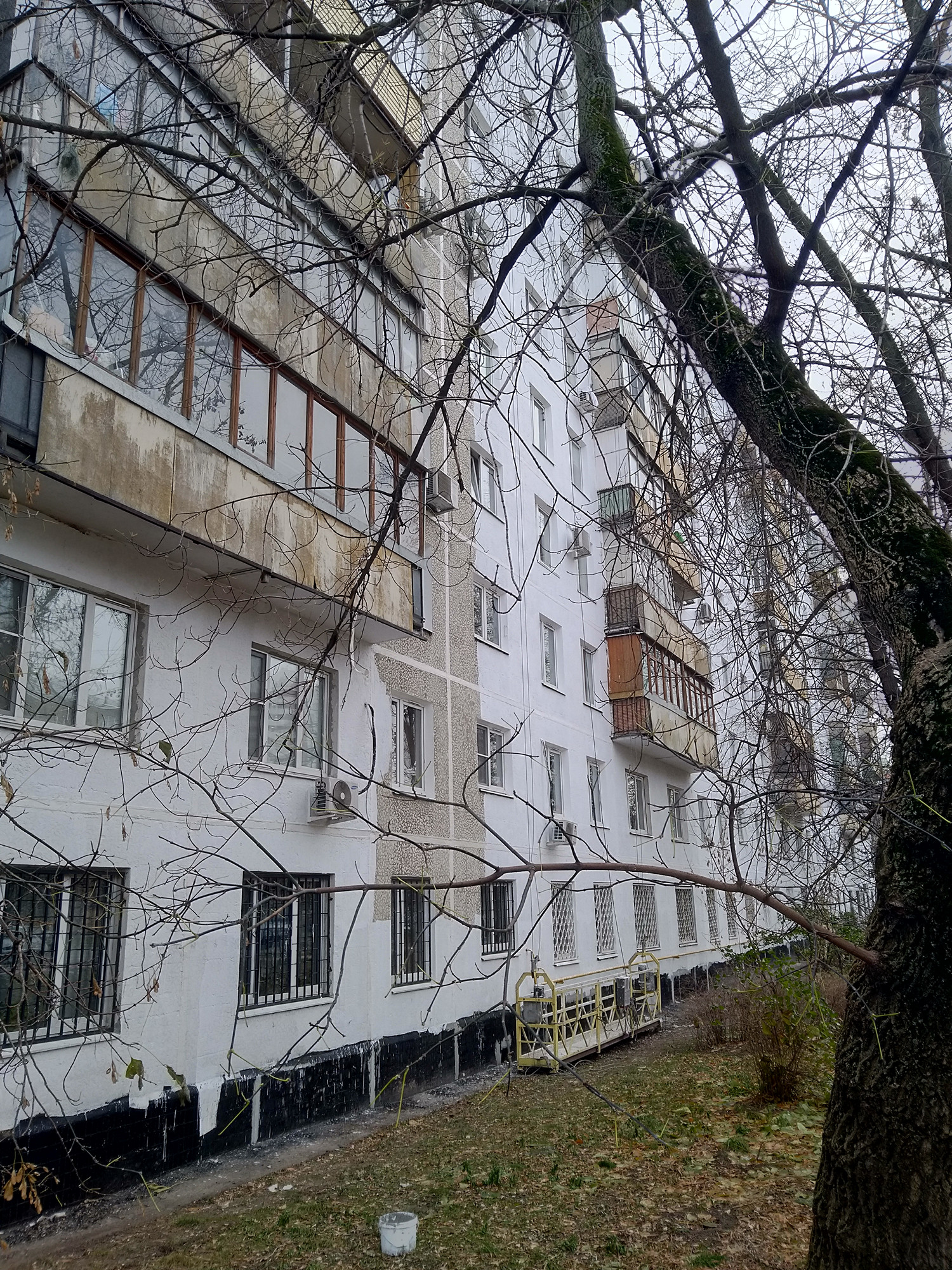
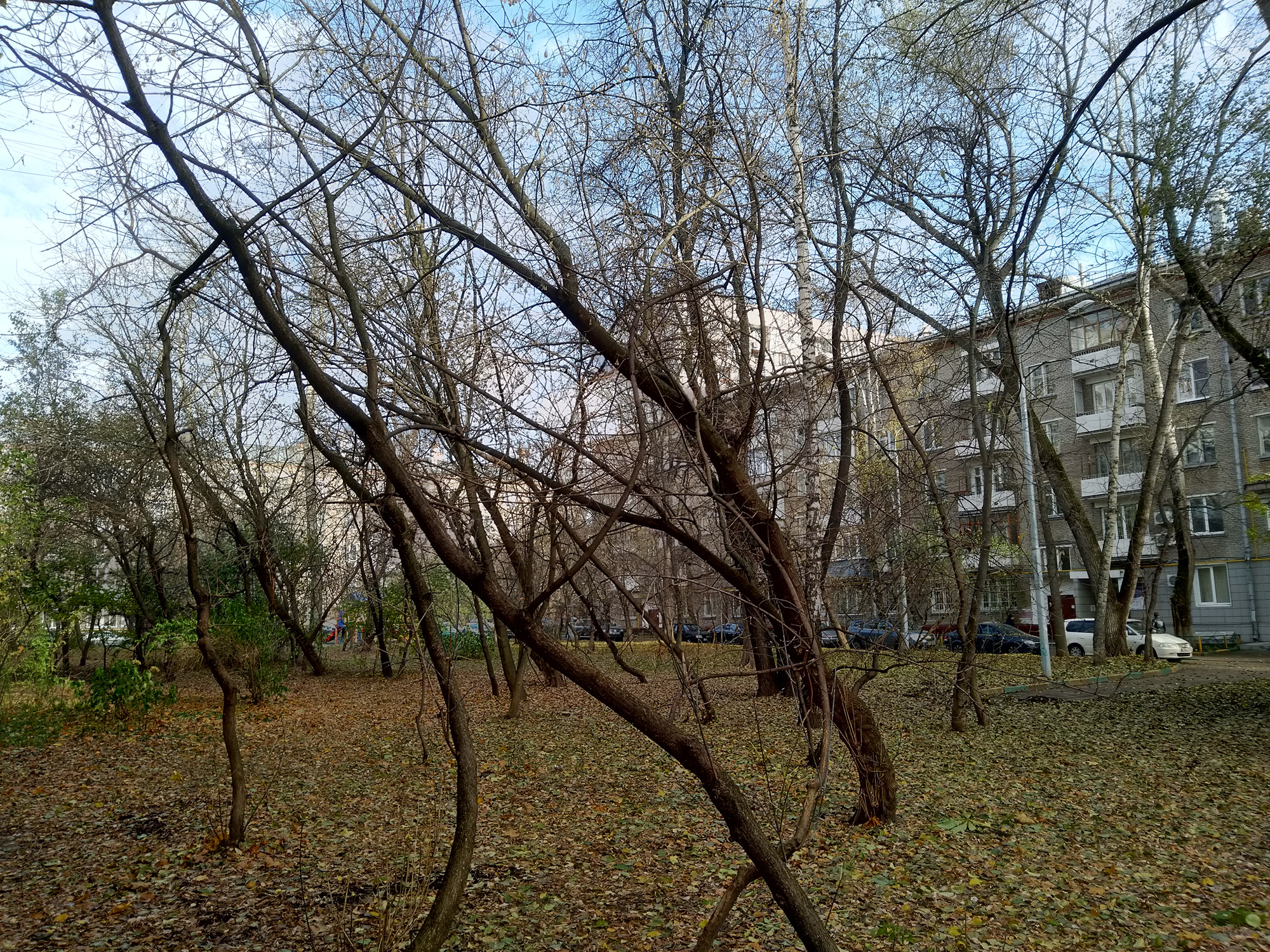
Finding the sun in Moscow in late autumn - how to win the lottery, but luck smiled:
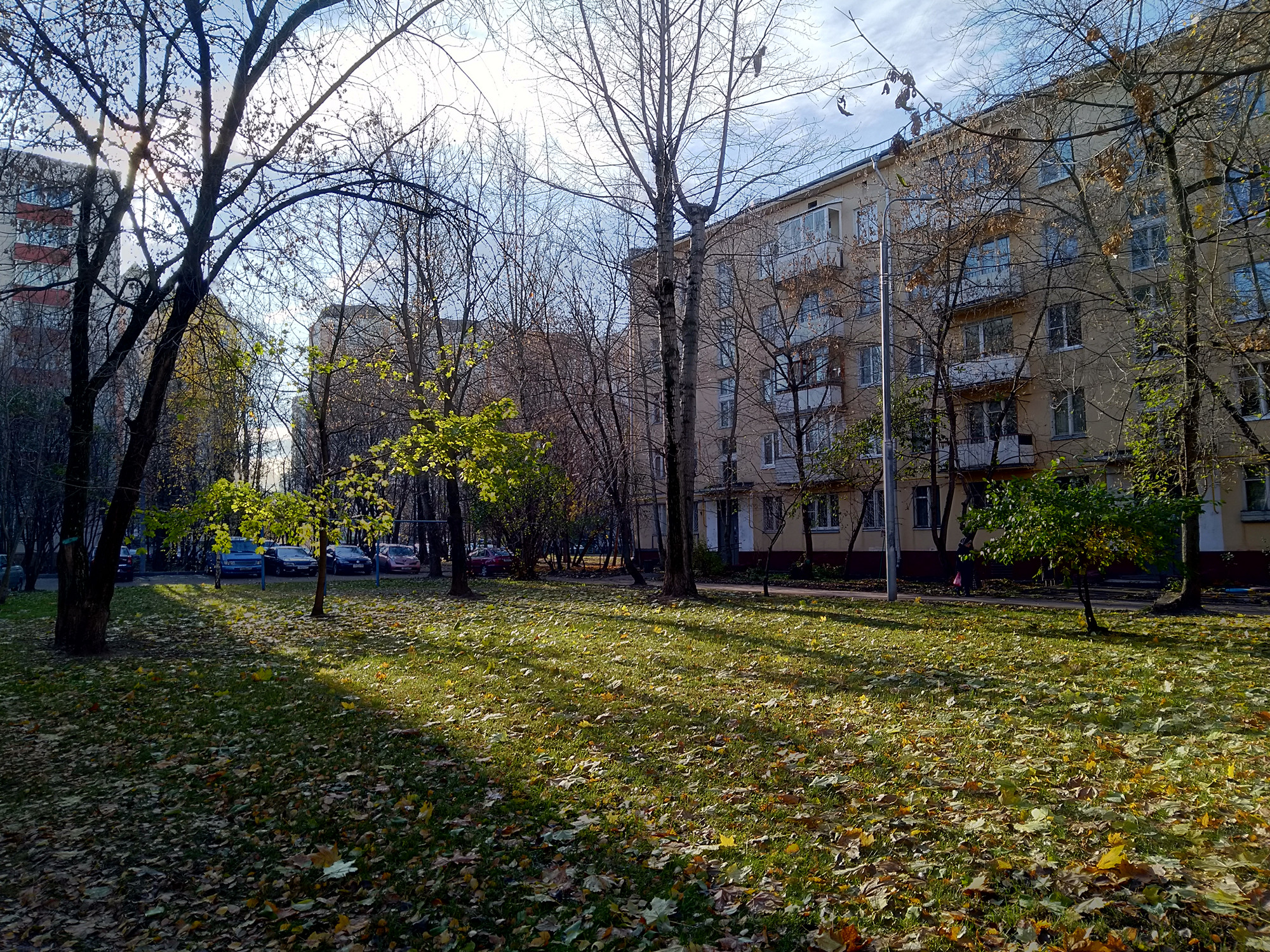
The ball was removed in flight, it is right against the background of his grandfather:
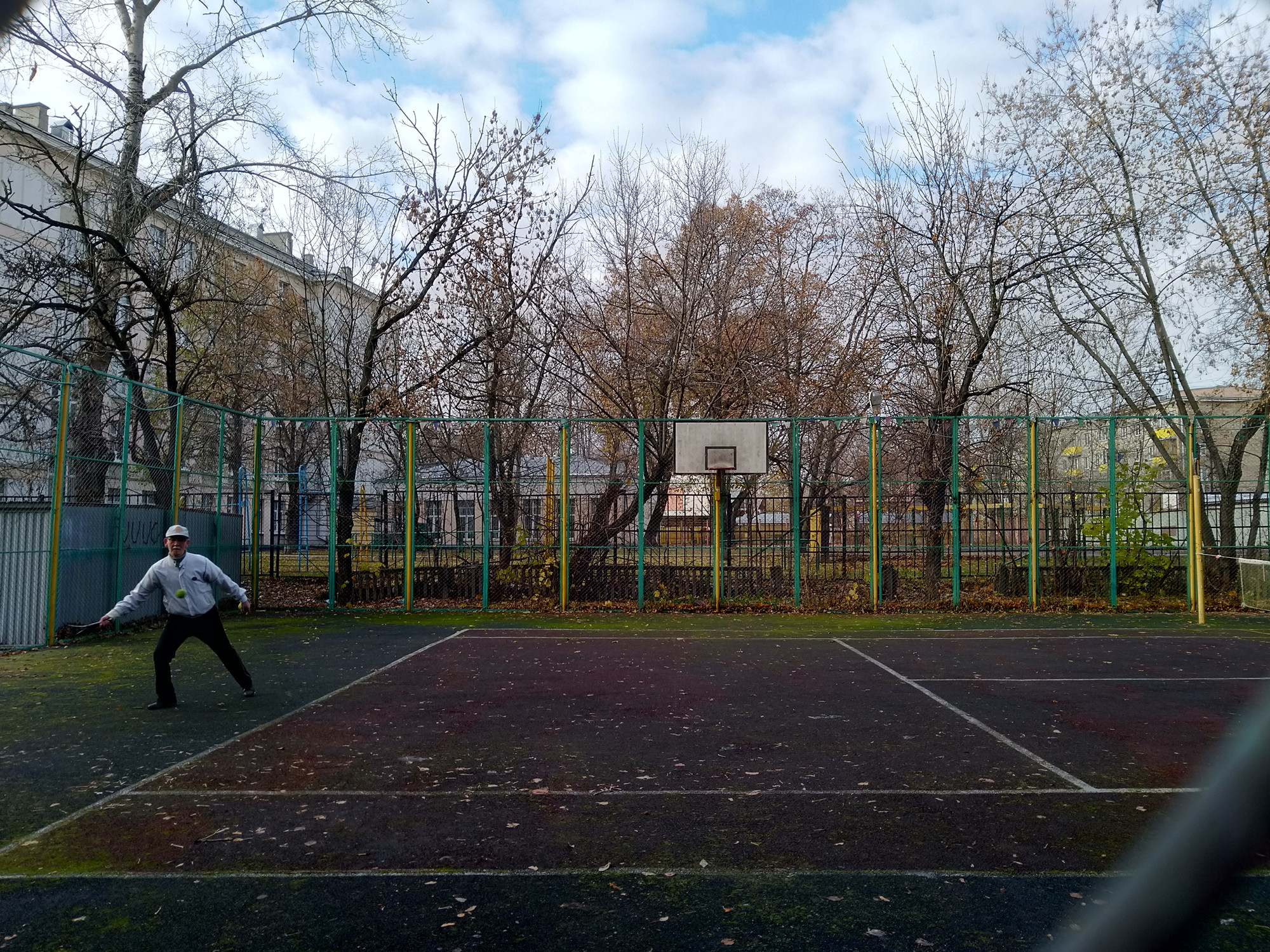
Almost macro:
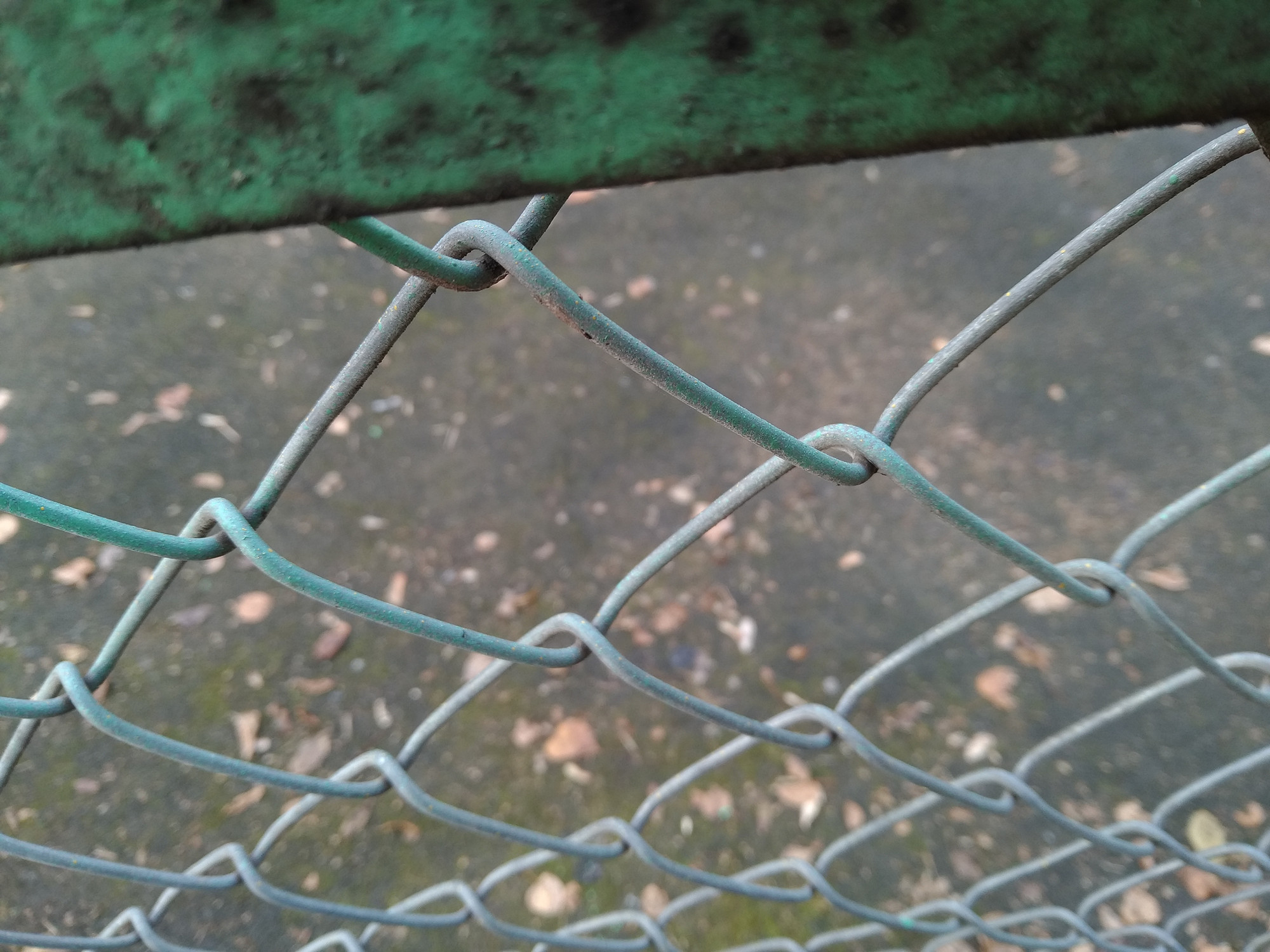
Frontal main:
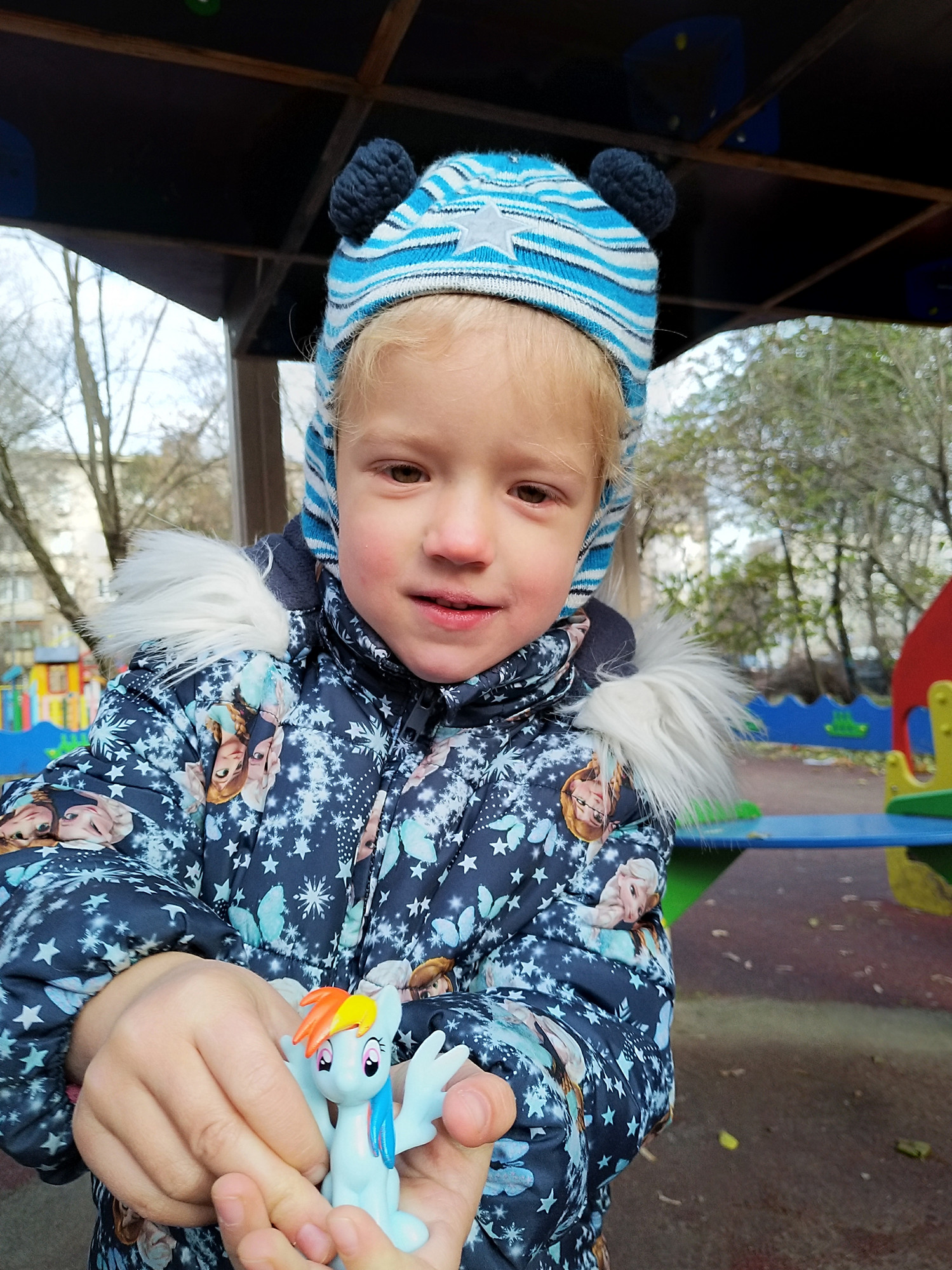
Wide-angle, backlit:

Primary:

Original (24 megapixel): https://cloud.mail.ru/public/Ha82/PxrjVzdLf
With front flash:

Original (12 MP): https://cloud.mail.ru/public/Kbu4/unSSTncjj



A splash of colors in the kingdom of the gray metropolis:






Finding the sun in Moscow in late autumn - how to win the lottery, but luck smiled:

The ball was removed in flight, it is right against the background of his grandfather:

Almost macro:

Frontal main:

Wide-angle, backlit:

Primary:

Original (24 megapixel): https://cloud.mail.ru/public/Ha82/PxrjVzdLf
With front flash:

Original (12 MP): https://cloud.mail.ru/public/Kbu4/unSSTncjj
Software and performance
For computing in the ZenFone 4 Selfie Pro meets the Qualcomm Snapdragon 625 processor - an eight-core 64-bit, with reduced power consumption. RAM 4 GB. The graphics chip is Adreno 506. 64 GB internal memory, instead of one of the SIM cards, you can insert a microSD capacity up to 2 TB.
The smartphone is preinstalled with the usual set of applications for ASUS, including Mobile Dispatcher:
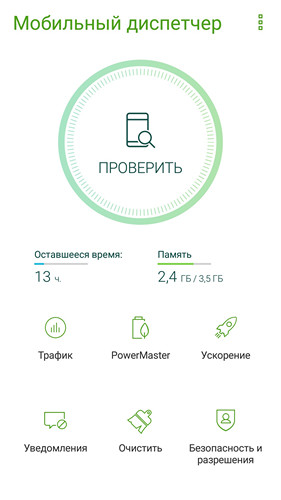

Benchmark Results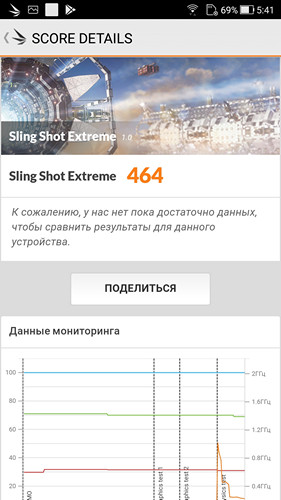
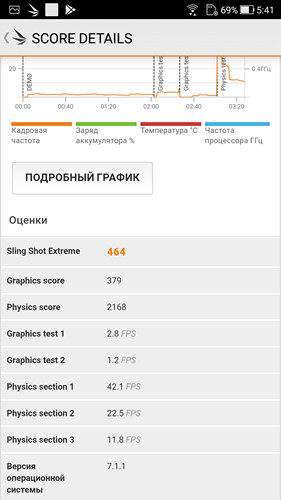
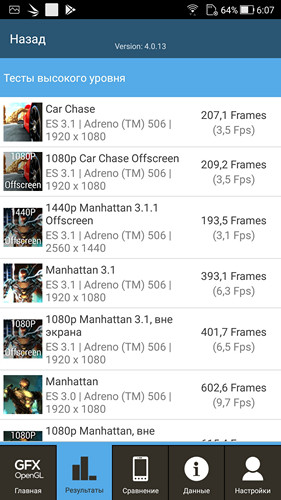



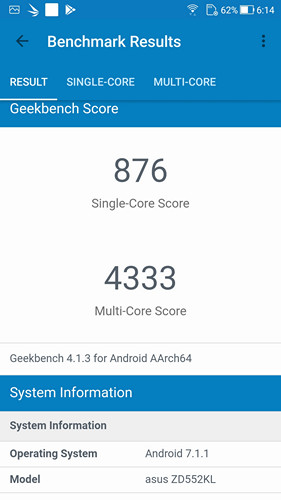
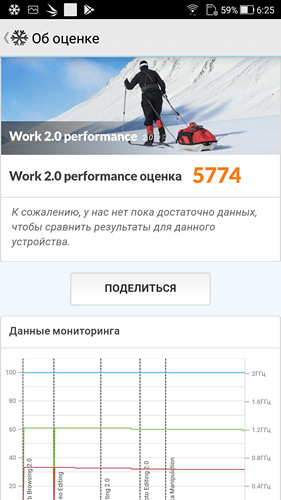
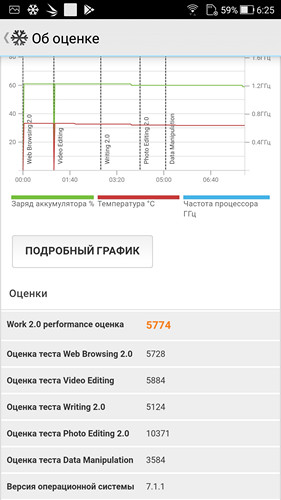









The battery in the ZenFone 4 Selfie Pro is the same as in the Selfie - 3000 mAh. But since Pro's iron is more powerful, albeit economical, it lives on one charge about 40-45 minutes less:
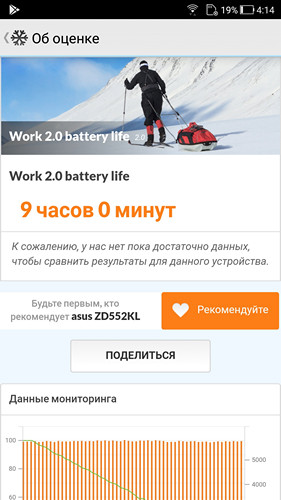
Conclusion
ASUS ZenFone 4 Selfie Pro is the older brother of the ZenFone 4 Selfie . Pro has a more powerful processor and graphics chip, higher display resolution, although the resolution of the front cameras is smaller, but they have larger apertures and more advanced arrays - for example, the main front camera has less “noisy” photodiodes 1.4 microns in size. And besides, the main front camera Pro can take photos in DuoPixel mode, with a resolution of 24 megapixels instead of 12 megapixels. So if you are very demanding for shooting self-portraits or video with you in the lead role, then ZenFone 4 Selfie Pro may well become a suitable smartphone.
Recommended retail price: 27,990 rubles.
Source: https://habr.com/ru/post/371059/
All Articles